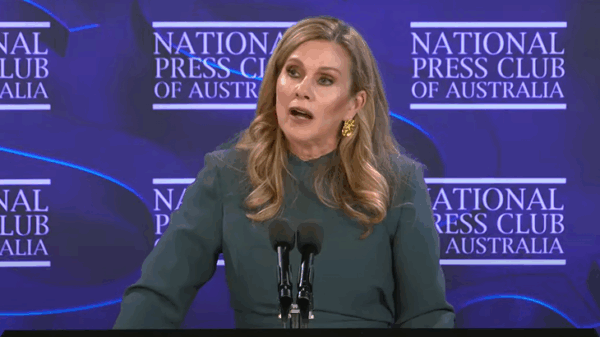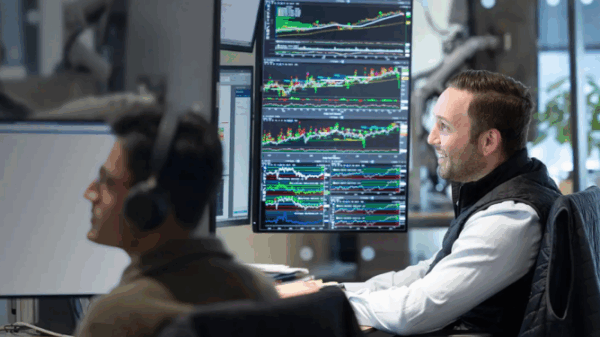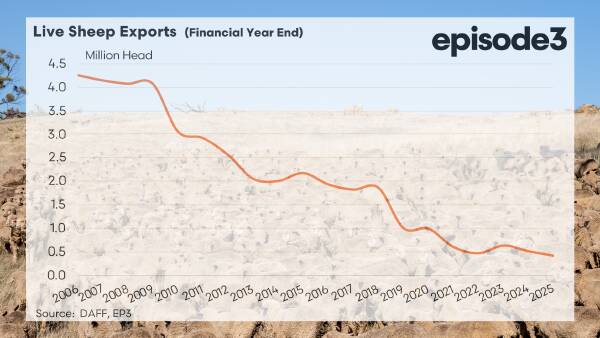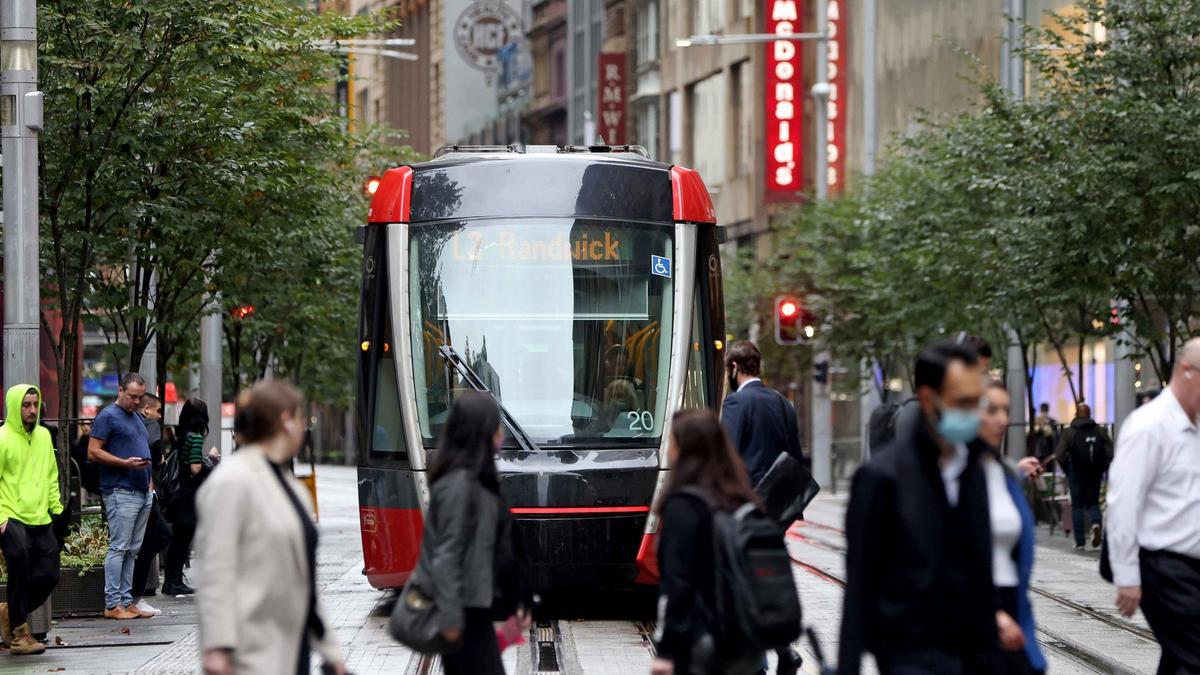UPDATE: Australia’s unemployment rate has surged to 4.3 percent, marking its highest level since the post-pandemic recovery. Experts warn that white collar workers are increasingly at risk as the job market faces a “more complicated” downturn. This urgent development comes as job vacancies decline and technological advancements, particularly in artificial intelligence (AI), reshape the employment landscape.
The latest data from the Australian Bureau of Statistics (ABS) reveals widespread spikes in unemployment across key regions, including New South Wales, Queensland, Western Australia, and the Northern Territory. In Sydney’s west, particularly the Parramatta district, unemployment has soared to 5.7 percent, while Sutherland in Sydney’s south has recorded a much lower rate of 2.3 percent.
Dr. Shane Oliver, AMP’s Chief Economist, emphasizes that the impact on white collar jobs could be significant as public sector roles diminish and companies increasingly adopt AI to cut costs. He stated, “Normally, it’s the more cyclical sectors that are vulnerable, including manufacturing and retail. This time could be a little different.”
The current job market shows a concerning trend. Seek‘s monthly jobs data indicates an overall decrease in demand for white collar positions, with the construction sector being the only area experiencing a rise in job advertisements for June. Notably, the information and communications technology sector has faced a steep decline, with job ads dropping 3.5 percent in June alone and 10.5 percent over the past year. This drop brings advertised positions below pre-COVID levels.
Blair Chapman, a Senior Economist at Seek, pointed out that job applications per advertisement have reached an all-time high, indicating fierce competition for available roles. “This rise is due to an increased candidate pool rather than candidates applying for more roles,” Chapman explained. The increase in job seekers is likely a response to rising living costs, leading to more Australians seeking additional work or re-entering the job market.
As the economic landscape shifts, it’s crucial for both employers and employees to adapt. The ongoing transformation in job availability and the potential for AI-driven changes demand close attention. Job seekers are urged to stay informed about industry trends and prepare for a highly competitive job market.
With these developments unfolding rapidly, the immediate future of Australia’s workforce remains uncertain. Authorities and economists will continue to monitor these trends closely. Stay tuned for more updates as this story evolves, as the implications for white collar workers could be profound in the coming months.

































































